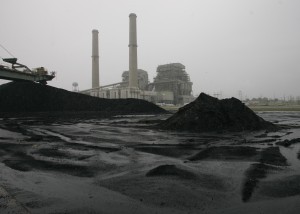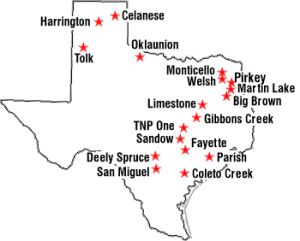We released a new report today that shows that shifting from coal power to alternative energy sources could save utilities – and indirectly their customers – several billion dollars in capital and annual operating expenses. The switch also would save the Texas public as much as $2.5 billion in pollution-related health care costs and economic losses due to premature mortality.
Using data from government, academic and industry studies, the report demonstrates that renewables like solar, wind and geothermal power are cheaper than coal, once the costs of upgrading plants to control pollution are factored in.
Renewables are a clean, safe and financially smart alternative to coal. Our report shows that replacing our oldest, dirtiest coal plants with alternative energy sources could save 21 to 24 percent in capital and annual operating costs. It’s no longer clean energy that’s expensive. Now coal is too costly to continue.
In coming years, six new or amended U.S. Environmental Protection Agency (EPA) rules will take effect, including the EPA’s tougher ozone standard for Texas, which was discussed during a January EPA hearing in Arlington. The EPA’s Clean Power Plan, proposed in June, will require Texas coal plants to reduce climate-change inducing carbon dioxide emissions, and other new rules will reduce levels of highly toxic mercury, make sure coal ash is disposed of safely and cut down on haze, which obscures views at national parks such as Texas’ Big Bend and Guadalupe Mountains.
But while the long overdue rules will protect the climate and dramatically reduce health care costs, outdated coal plants will have to spend billions in capital and operating costs for pollution-control technology. We compared the cost of alternative energy sources to the price of coal power, once the expense of upgrading to meet new pollution rules is included.
The upshot: A blend of wind, solar and geothermal power, along with some natural gas, could easily replace the power generated by coal plants – and for less money.
(more…)





